In thinking about the significance of this year’s Carnegie winner, I’ve thought a lot about issues of representation: the way Lark made me feel seen, and the questions around disability representation it raised for me. The final piece of this is thinking about Lark in the context of its publisher, and the wider significance of choosing this particular kind of publication for the Carnegie Medal. This week, Dyslexia Awareness Week, seems like a good time to pick up this thread.
Lark was published by Barrington Stoke, a well-established publisher who specialise in ‘super-readable, dyslexia-friendly fiction to help every child become a reader‘. This goal is realised through the design of the books – which are printed in a dyslexia-friendly font on a yellowish paper – and through the content. Their books are short, edited ‘to ensure unnecessary words don’t hinder comprehension while the text will still challenge the reader’, and written with a view to the interests rather than the reading age of the intended reader.They also have attractive cover designs which present them as typical mass market paperbacks rather than as ‘special’ books (these have gotten better and better over time as Barrington Stoke have become more established and their budget correspondingly higher).
It’s the writing style that particularly interests me, in light of Lark’s Carnegie win. One peculiarity of the Carnegie Medal is that the criteria make no reference to children. That is, while at various points they invite judges to consider the effect of the book on the reader, there’s no explicit direction to consider the intended reader. In many ways this makes sense – much academic ink has been spilt on the issues associated with conjuring up an imagined reader , especially in relation to children’s literature. On the other hand, this is something which has often given rise to criticism in relation to the Carnegie Medal’s trend towards awarding more and more young adult fiction. It’s quite challenging to judge a humorous novel for 8-10 year olds against a serious historical novel aimed at 15+, and the risk is that the more complex writing and themes of the latter will be more appealing to the (adult) judges, especially absent any explicit directive to consider the readership. In my shadowing group, we’ve had quite a few spirited debates about whether particular aspects of shortlisted books would work for actual children, and how much it matters. In conversations with past Carnegie judges about this, I’ve heard that they are encouraged rather to think about what the book sets out to do, with the aim of thinking about age but also about factors like genre.
In our shadowing group this year, we had some debate about whether it was relevant that Lark was published by Barrington Stoke. My feeling is that it is, insofar as knowing about Barrington Stoke is a useful frame for understanding what the book sets out to do (it’s also important to know that the book is the last of a series, even though it works – as it must according to the criteria of the Medal – as a stand-alone read). Lark is a short, focused novel and it works as such, but I think that understanding the aims of the publisher make it easier to embrace the form rather than wishing for more.
One of Anthony McGowan’s previous books in this series, Rook, was nominated for the Carnegie Medal. I also loved that book and thought it would have been a worthy winner, but I’m particularly interested in Lark‘s win because its physical presentation marks something of a turning point in Barrington Stoke’s presentation of its books.
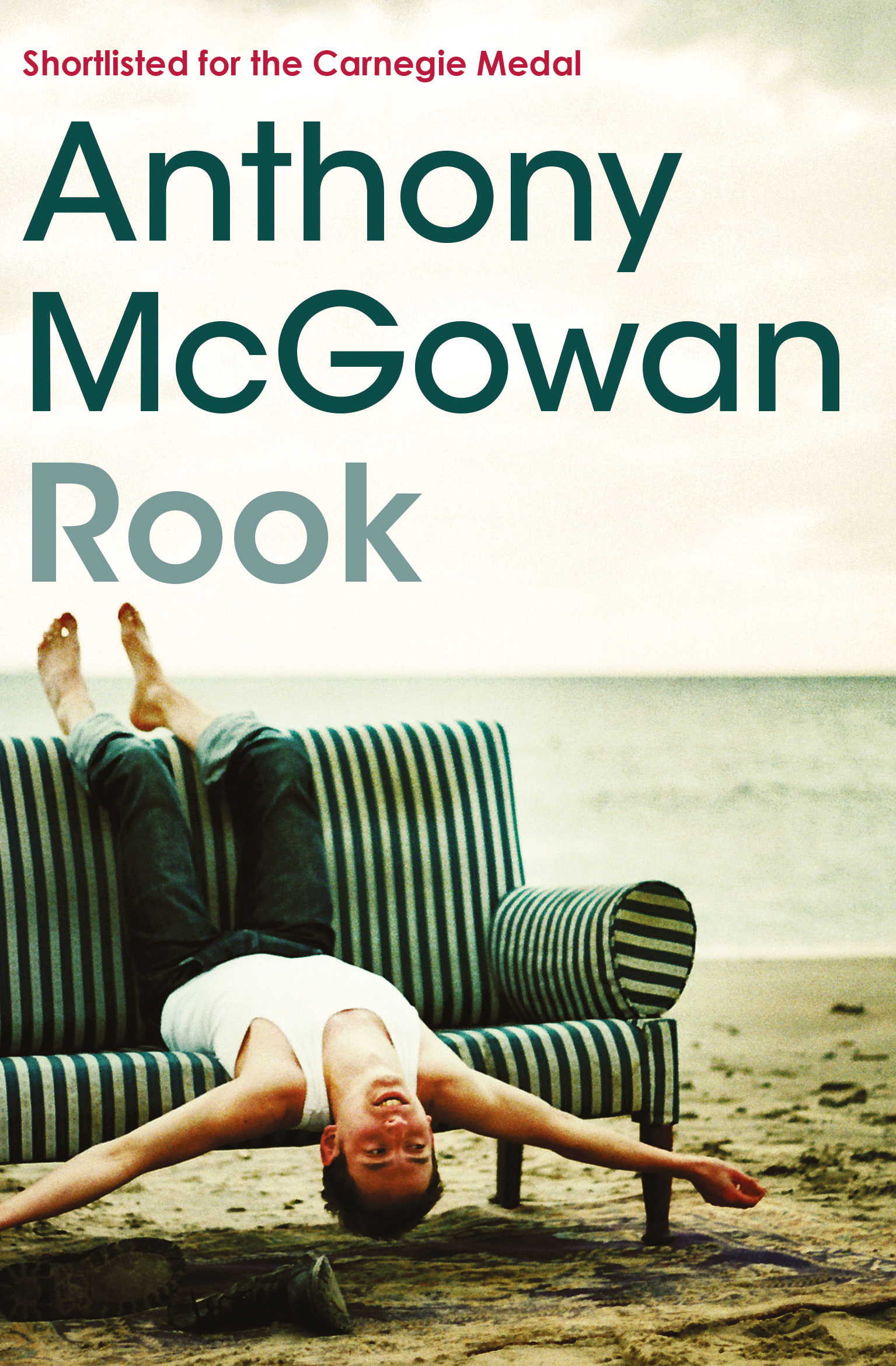
Rook – and the other books in the series – followed most other Barrington Stoke books in using photographs for their jacket images. I like the design of these books, which are very appealing and eye-catching. This particular cover doesn’t really relate much to the content of the book (I’m not sure why the boy is on a sofa on the beach) but it does have something of the spirit I associate with the book. I’m interested in the tendency to use photographic jackets because it follows the example of an earlier series for ‘reluctant’ readers, Macmillan Topliner, which was edited by Aidan Chambers from the late 1960s to the beginning of the 1980s. In the case of that series, using photographs was part of a concerted effort to make the books appear more like typical mass market paperbacks, and to appeal to readers who might be more drawn to teenage magazines such as Jackie. I suspect that Barrington Stoke were similarly motivated by a desire to produce books which would immediately grab the attention of readers, and which didn’t look like ‘special’ books but rather were similar to mainstream publishing for the same age group. Certainly at around the time Barrington Stoke launched, I remember that the portrait photo style of jacket was particularly popular. In the case of Pike and the other stories in this series, what is emphasised is the realistic quality of the series, its focus on working-class life and on boys.
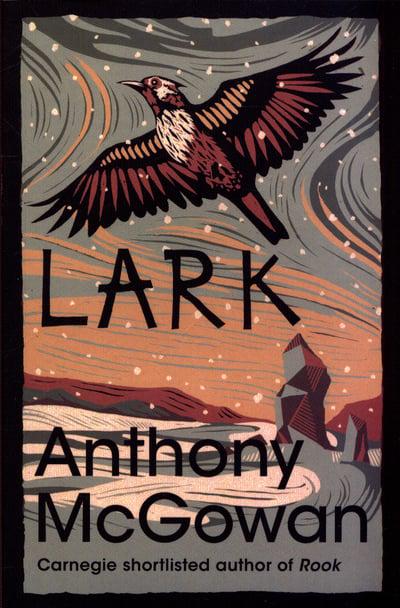 Lark breaks from the style used with the earlier books, and with earlier Barrington Stoke titles in general, deploying this very distinctive linocut style image of a lark in flight. This is the first book in McGowan’s series not to feature a person on the cover – which is striking given they’re all named after animals – and it breaks from the photorealist style entirely. I think it’s fair to say that this cover emphasises a completely different aspect of the book. Rather than foregrounding the ‘gritty realism’ of the series, it emphasises its links to nature, and perhaps to the heritage of literary writing about nature. The lark, of course, has some particularly powerful literary associations, so it’s perhaps appropriate that this is foregrounded in this book. But one of the things which I find compelling about all the books in this series is their lyricism – along with a lively and immediate narrative about characters in often difficult situations, they offer some beautiful and evocative writing about the natural world.
Lark breaks from the style used with the earlier books, and with earlier Barrington Stoke titles in general, deploying this very distinctive linocut style image of a lark in flight. This is the first book in McGowan’s series not to feature a person on the cover – which is striking given they’re all named after animals – and it breaks from the photorealist style entirely. I think it’s fair to say that this cover emphasises a completely different aspect of the book. Rather than foregrounding the ‘gritty realism’ of the series, it emphasises its links to nature, and perhaps to the heritage of literary writing about nature. The lark, of course, has some particularly powerful literary associations, so it’s perhaps appropriate that this is foregrounded in this book. But one of the things which I find compelling about all the books in this series is their lyricism – along with a lively and immediate narrative about characters in often difficult situations, they offer some beautiful and evocative writing about the natural world.
This cover, then, speaks to one of the really important things about Barrington Stoke. It’s not uncommon for difficulty reading to be conflated with reluctance to read: after all, if you find it difficult to read the text, you’re a lot less likely to feel enthusiastic about reading at all. But this conflation often leads to a particular construction of the ‘reluctant’ reader as someone who is only interested in plot driven, immediate narratives; someone who probably wants to read about people like themselves; someone who is the anthithesis of the ‘literary’ reader. The more overtly ‘literary’ styling of Lark foregrounds something which has been part of Barrington Stoke’s ethos all along: the understanding that readers with dyslexia and other difficulties with literacy are still very diverse readers. They are just as likely to welcome evocative, lyrical nature writing as gritty realism, just as they are likely to come from all sorts of social and ethnic backgrounds. Lark is both a ‘literary’ book and an ‘accessible’ book, and it is a pleasure to see the Carnegie Medal recognise this.

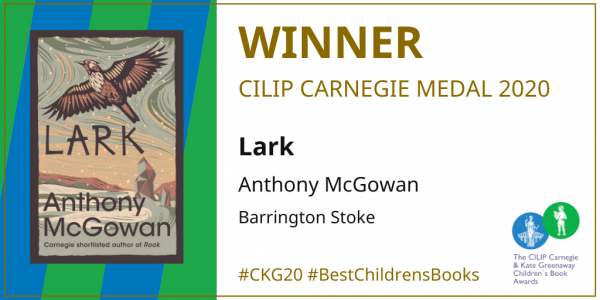
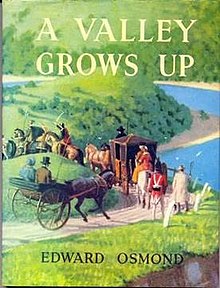 1953’s Carnegie Medal winner is the third of only four non-fiction titles ever to win the Medal. Like most of the others, it takes a narrative approach to non-fiction, telling the story of a valley and how it changes from the prehistoric era through to the twentienth century. Indeed, as the author admits at the end, the valley itself is fiction and ‘only exists in my imagination’, although its story is rooted in the facts of English history over this time. It’s certainly an engaging way of telling history: the book originated in a series of lectures author-illustrator Edward Osmond gave for students with learning difficulties, which he illustrated on a blackboard ‘by means of an imaginary village which, together, we created “from scratch”‘ (
1953’s Carnegie Medal winner is the third of only four non-fiction titles ever to win the Medal. Like most of the others, it takes a narrative approach to non-fiction, telling the story of a valley and how it changes from the prehistoric era through to the twentienth century. Indeed, as the author admits at the end, the valley itself is fiction and ‘only exists in my imagination’, although its story is rooted in the facts of English history over this time. It’s certainly an engaging way of telling history: the book originated in a series of lectures author-illustrator Edward Osmond gave for students with learning difficulties, which he illustrated on a blackboard ‘by means of an imaginary village which, together, we created “from scratch”‘ (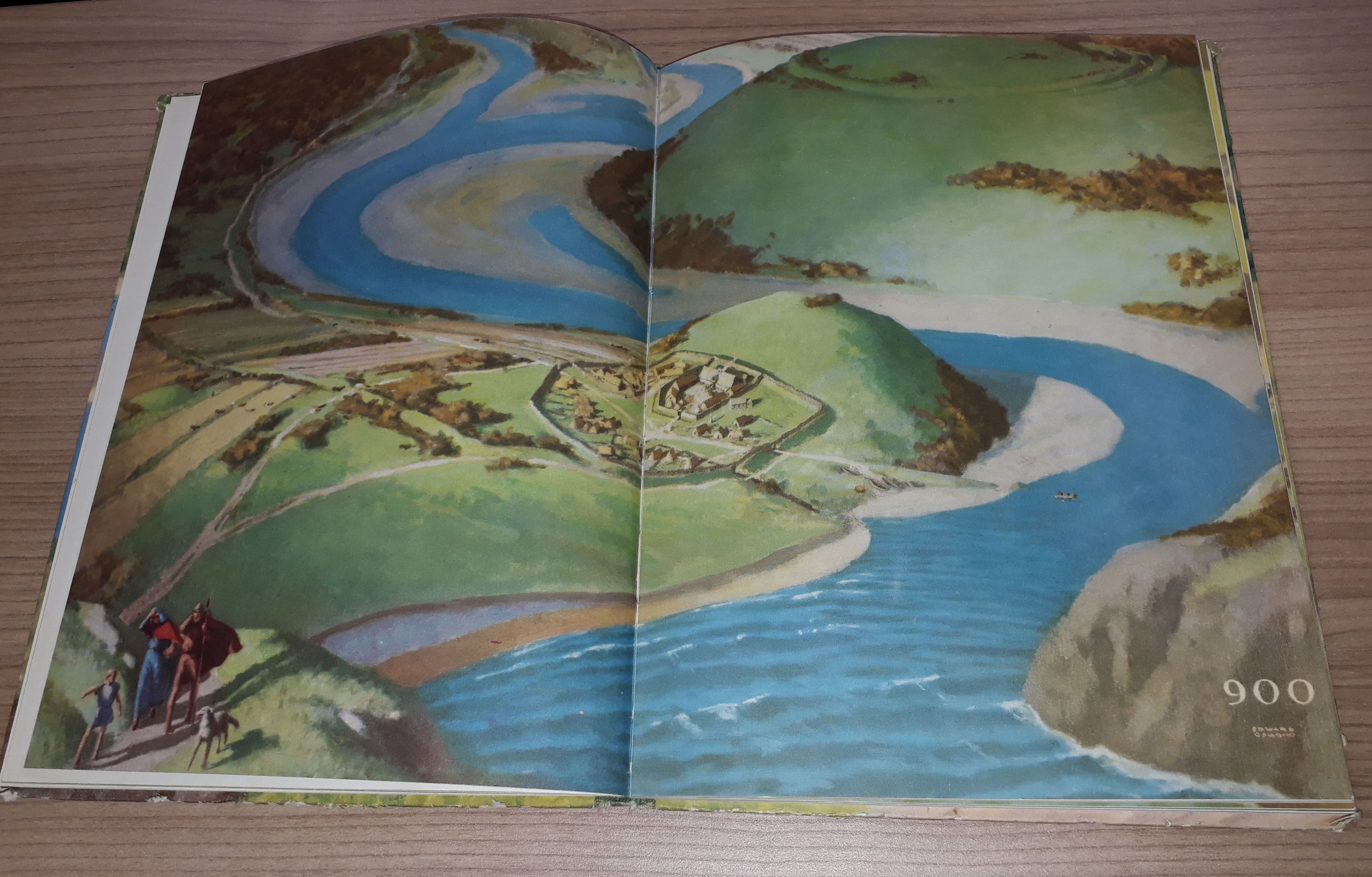
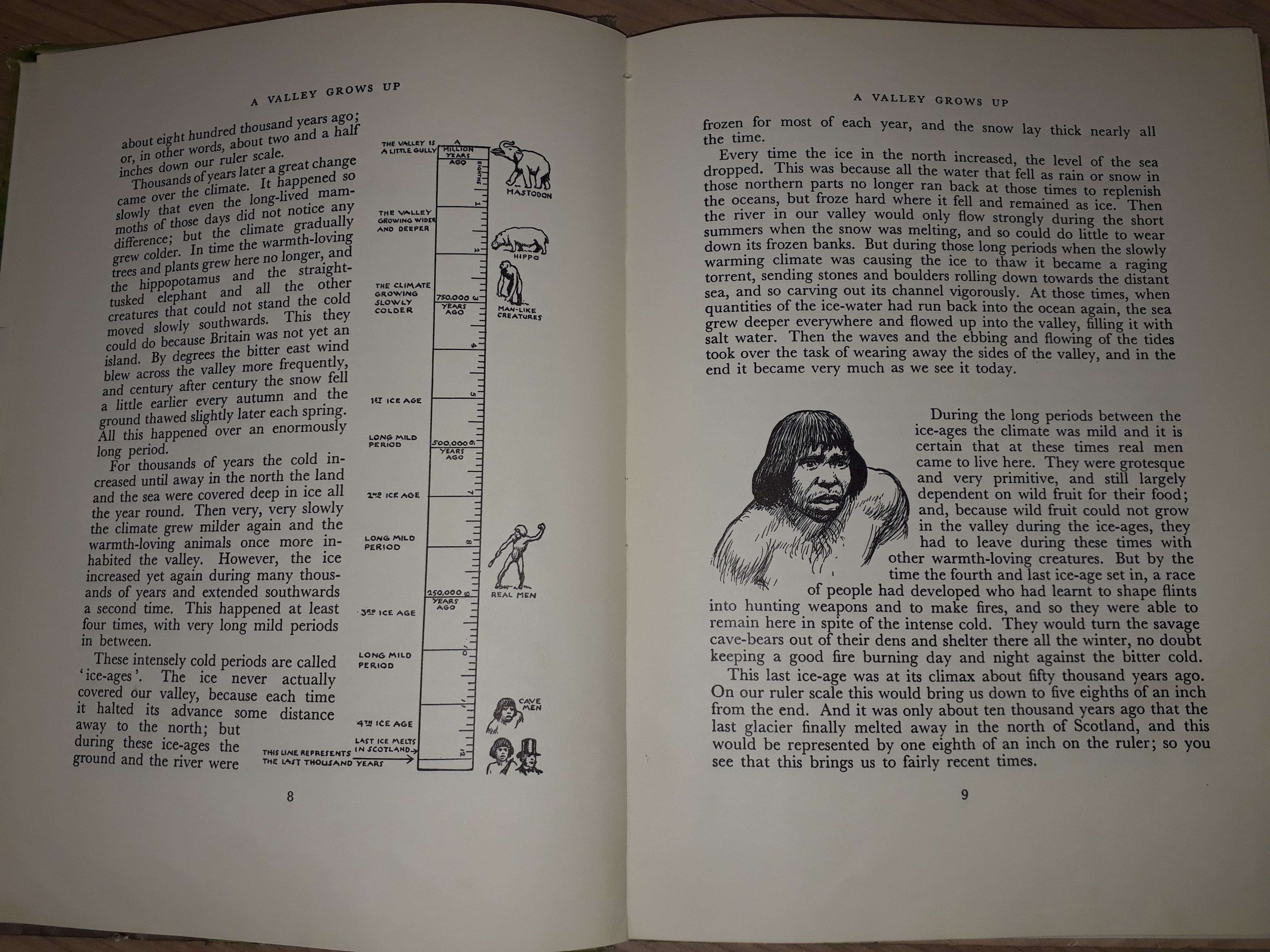
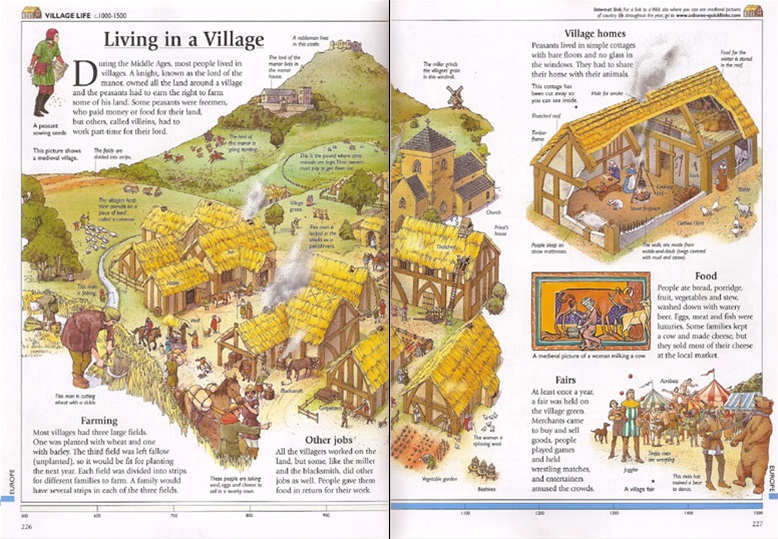
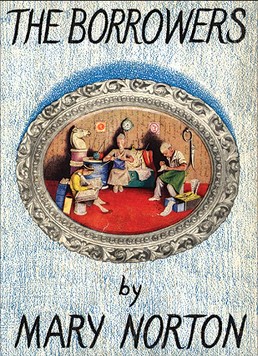
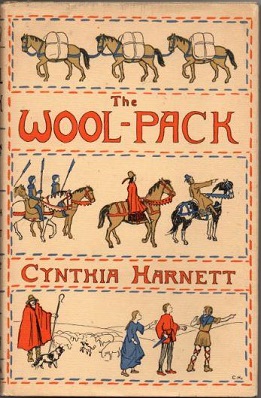

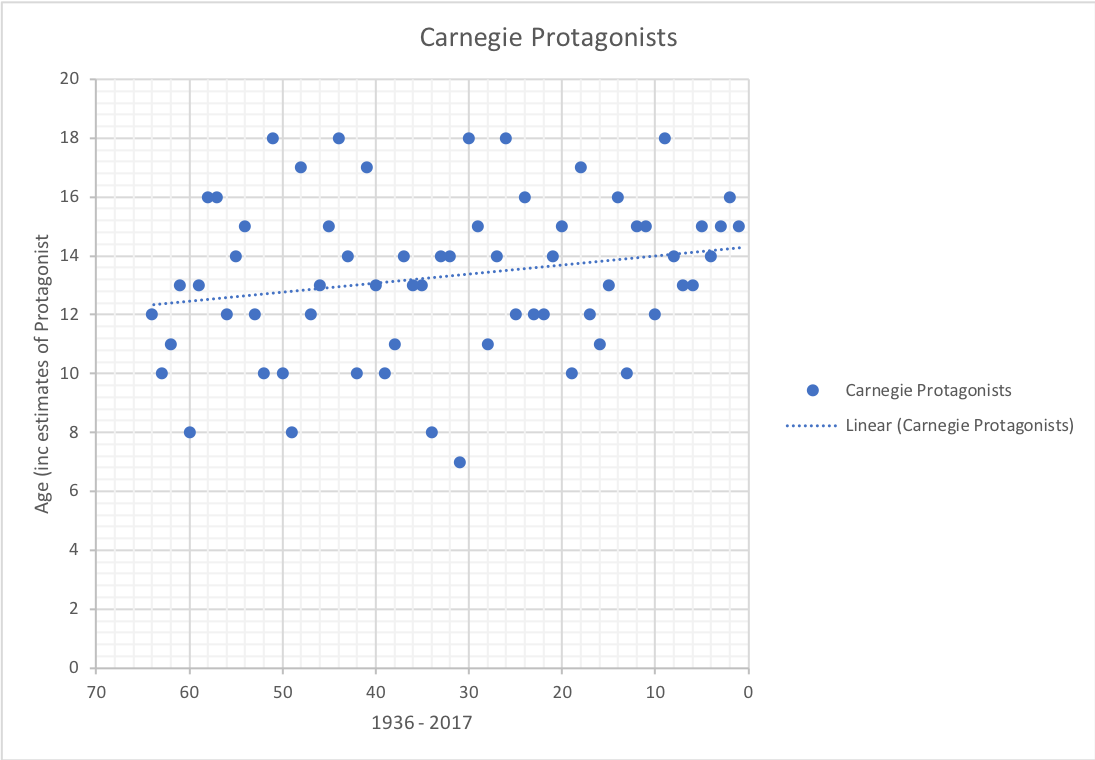
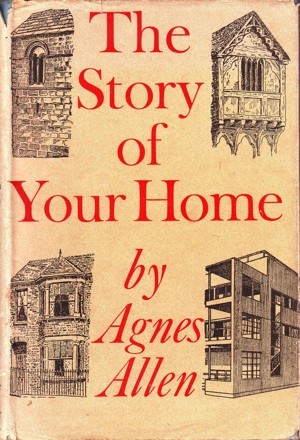 1949 saw the second non-fiction winner of the Carnegie, Agnes Allen’s The Story of Your Home. The call for nominations at this time specifically included non-fiction as well as fiction, stipulating that it should be judged on ”i. Accuracy; ii. Method of Presentation; (iii.) Style; (iv) Format, etc.” (Library Association Record 16, December 1949, p. 396).
1949 saw the second non-fiction winner of the Carnegie, Agnes Allen’s The Story of Your Home. The call for nominations at this time specifically included non-fiction as well as fiction, stipulating that it should be judged on ”i. Accuracy; ii. Method of Presentation; (iii.) Style; (iv) Format, etc.” (Library Association Record 16, December 1949, p. 396).